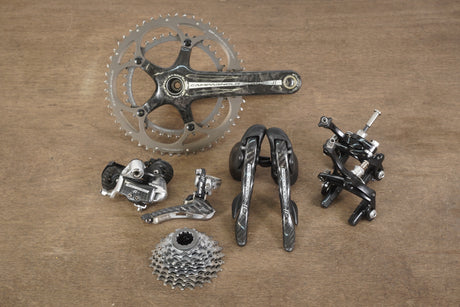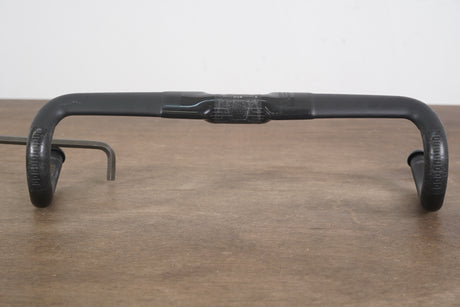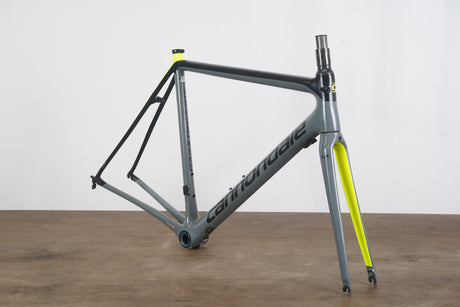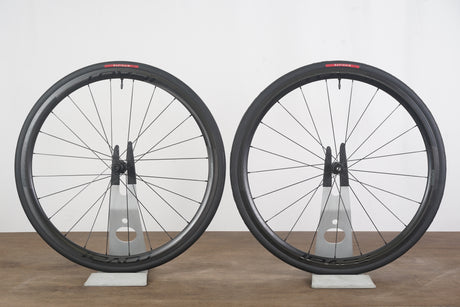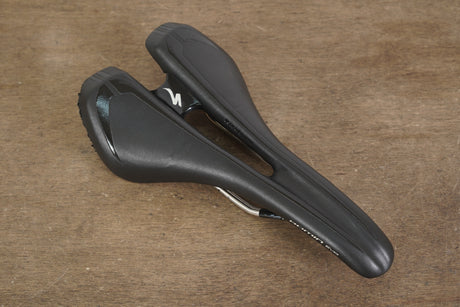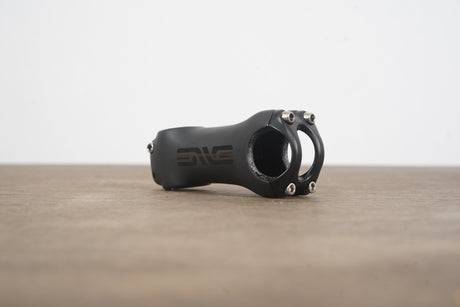If you’re shopping for a new bike frame, you’ve probably asked yourself: what’s lighter, aluminium or chromoly? The answer can guide you toward the right bike depending on whether you want speed, strength, or comfort.
Aluminium vs. Chromoly: Weight Comparison
Aluminium is lighter than chromoly steel. On average, an aluminium frame can weigh up to 30% less than a chromoly frame of similar design. This makes aluminium the go-to choice for riders who prioritize climbing, racing, and overall speed.
Why Aluminium Frames Are Lighter
- Lower density: Aluminium is less dense than steel, so less material is needed for the same frame size.
- Tube shaping: Aluminium allows manufacturers to create larger, lighter tubing without sacrificing stiffness.
- Performance focus: Aluminium frames are often designed for competitive cycling, where low weight is critical.
Why Some Riders Still Choose Chromoly
Even though chromoly is heavier, it has advantages aluminium can’t match:
- Durability: Chromoly frames can last decades with proper care.
- Comfort: The steel frame absorbs road vibrations, offering a smoother ride.
- Repairability: Steel is easier to repair if damaged compared to aluminium.
Which Is Best for You?
If your goal is lightweight speed and easier climbing, aluminium is the clear winner. But if you want a tough, reliable frame for commuting or touring, chromoly could be the better choice—even if it weighs more.
FAQs
1. Does chromoly feel heavier when riding?
Yes, chromoly frames weigh more, but the difference is often less noticeable on flat roads than during climbs.
2. Is aluminium more expensive than chromoly?
Not always. Entry-level aluminium bikes can be cheaper, but high-performance aluminium models may cost more than standard chromoly frames.
3. Which is better for long-distance rides?
Chromoly is often preferred for long-distance and touring because it provides more comfort and can handle heavy loads better than aluminium.

